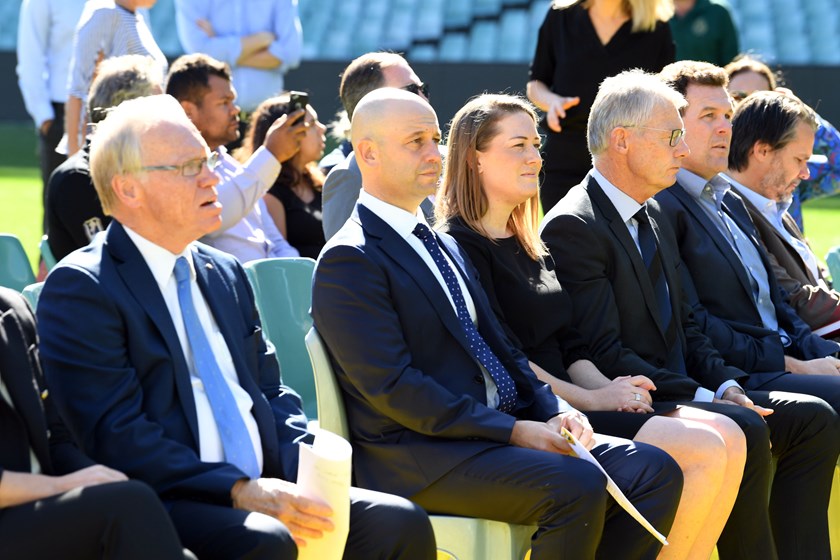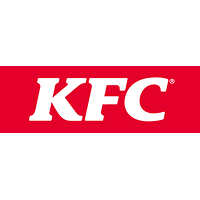It looks like you may be using adblocking software to view this site.
Many features on the site, such as video playback, may not work properly when using adblocking software.
Please whitelist our domain or disable your adblocker to access all features and videos.
Expansion is officially back on the agenda, with the NRL's new strategic plan outlining the pathway for aspiring franchises from Brisbane, Perth, PNG, New Zealand and Fiji to join the Telstra Premiership.
ARLC chairman Peter Beattie launched the strategic plan for 2018-2022 at a joint announcement on Tuesday, in which the four clubs in the inaugural Holden Women's NRL competition were also confirmed, and said participation and expansion would be a key focus of the next five years.
NRL chief executive Todd Greenberg said expansion would not occur before the next broadcast deal in 2023 but the blueprint makes it clear that the ARLC wants new teams to come from the NSW and Queensland Cup competitions.
Perth, Ipswich, NSW Country and New Zealand are specifically mentioned in the document as areas which could host State Cup teams as a step to the NRL, while Beattie told reporters that Redcliffe and Cairns were other options.
There is also scope for overseas teams - Papua New Guinea and Fiji - to stake their claims.
"We have got the Mayor of Cairns coming to see Todd and I. He wants to put together a package with PNG," Beattie said. "Redcliffe have got facilities and they are interested. There are a number of clubs that would be interested in this, they have just got to prove that they are up to it.
"This is the beginning of it, we are putting out the clear intention that expansion is back on the agenda
"There will be a process that will be more formalised down the road but people have to demonstrate that they have the financial capabilities, they have got the players to do it and they have got the capacity to deliver on the game."
The strategic plan says the ARLC wants to build the foundations for a national footprint through increased participation and clear pathways.

This includes expanding the NSW and Queensland Cup second-tier competitions beyond state borders.
"What we are calling out is an ambition and an aspiration to grow," Greenberg said. "That starts with the NSW and Queensland competitions, and opportunities for new teams to enter those markets.
"We have already seen that. The strength of PNG in the Queensland Cup has been phenomenal, Fiji are knocking on the door of the NSW Cup and there are regional centres in country NSW that are building from the base at the moment with investment in Under 16s and Under 18s talent identification programs.
"I would love to see Perth consider these opportunities. Before you even think about new teams you have to understand how to build value because bringing teams in is an expensive thing and the other thing you have to consider is whether there is the talent to justify it."
The ARLC also aims to increase the number of players in non-traditional areas, such as Western Australia, South Australia and Victoria.
Marquee events such as State of Origin will be used to grow interest in other states, with Melbourne (2018), Perth (2019) and Adelaide (2020) each having been awarded a match in the next three years.
The ARLC is working with governments around Australia to deliver world-class infrastructure, including new stadiums at Parramatta and Townsville and proposed rebuilds of ANZ Stadium and Allianz Stadium in Sydney.
Another key element of the strategic plan was reviving the Immortals concept, with up to two new selections later this year. The NRL will also revive the Hall of Fame concept.
The three key pillars of the strategic plan are:
- Unite: Be the most accessible and inclusive Australian sport by offering the highest quality participation experiences.
- Excite: Be a first choice entertainment experience by investing in key areas that improve the experience of fans.
- Inspire: Be a larger and more diverse rugby league family by championing the game and celebrating the unique community difference it makes.
In addition, the NRL has launched a new digital business, which will provide a new platform for fans to watch and consume Rugby League into the future.
Greenberg said that, when combined with the new CBA, club funding agreement, increase in player payments and community programs, the game was embarking on an exciting new era.
"These key pillars will change the face of the NRL in the long-term," he said. "They will see men's and women's competitions being played in modern, rectangular stadia, specially designed for Rugby League.
"We will work hard to encourage more young people – boys and girls – to take up Rugby League and remain in the game. And we will celebrate our past by recognising the very best in our game through our awards programs."



